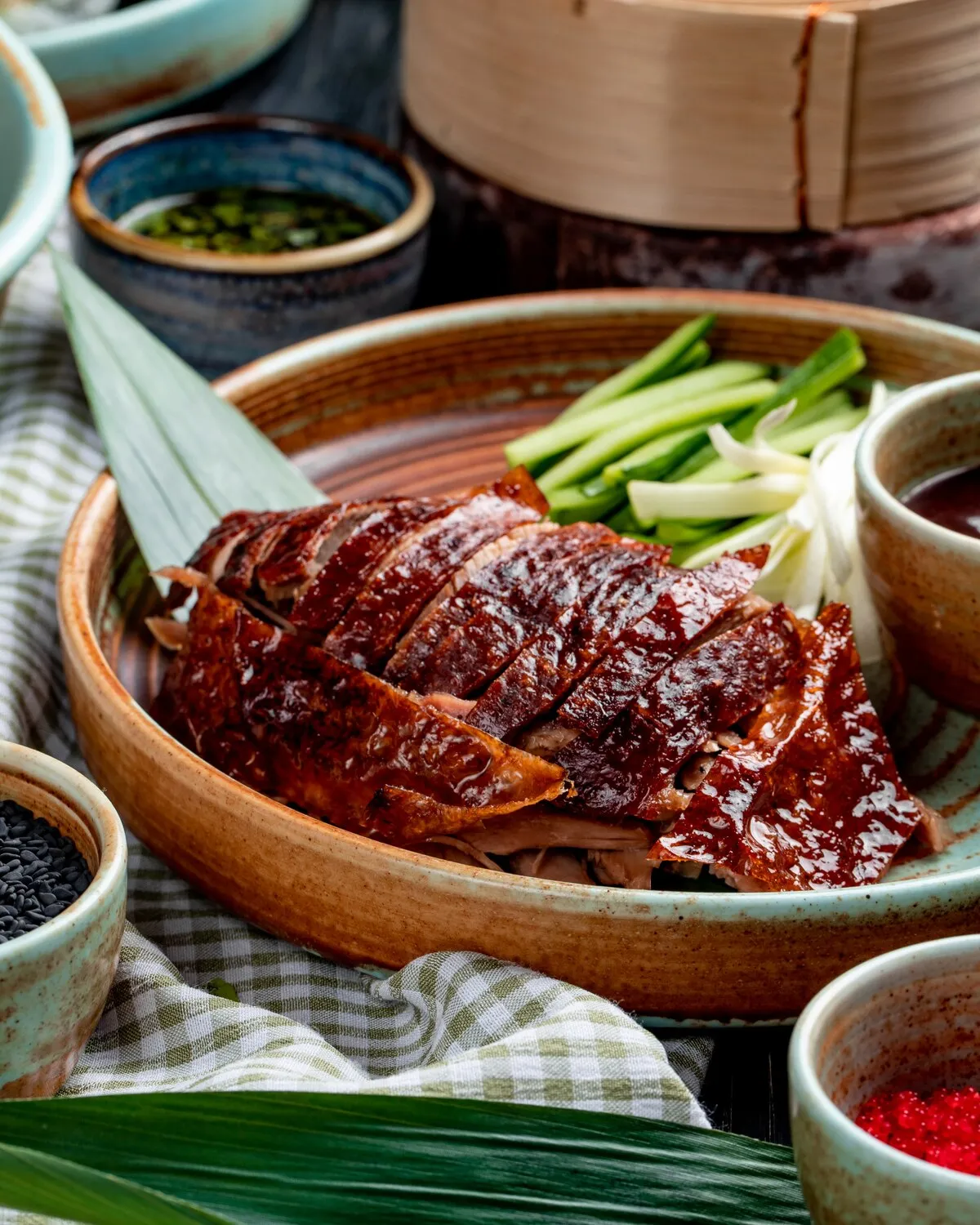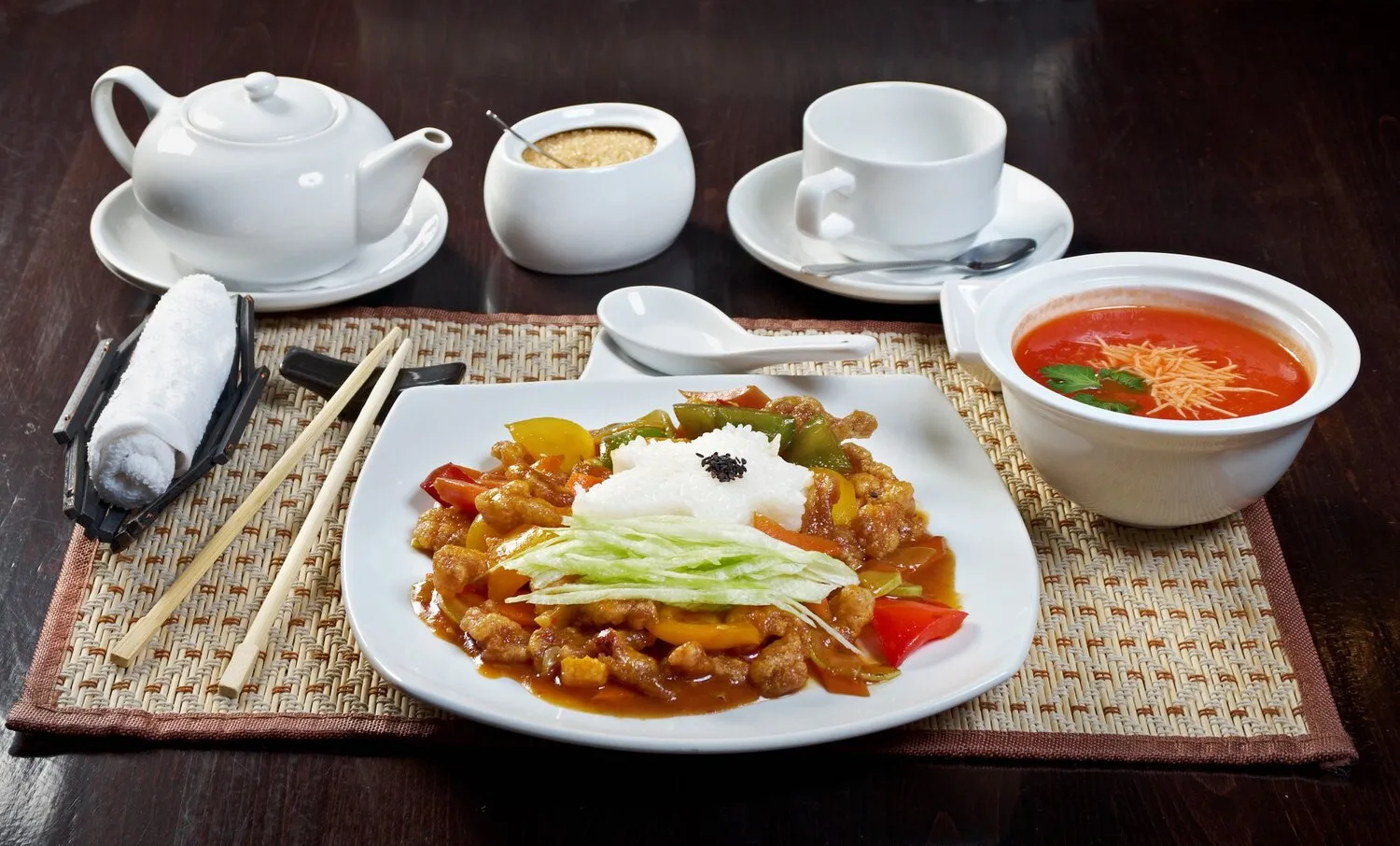
Riz Cantonais
Cantonese fried rice.
Nutrition Facts
* The % Daily Value (DV) tells you how much a nutrient in a serving of food contributes to a daily diet. 2,000 calories a day is used for general nutrition advice.
Cantonese fried rice is believed to have originated in the Guangdong province of China (Canton), where efficient use of leftover ingredients is a culinary hallmark. Its spread beyond China is linked to the diaspora of Cantonese chefs, adapting the dish to local tastes and available ingredients worldwide.
Riz Cantonais is a widely recognized and adapted dish that reflects the Cantonese culinary philosophy of resourcefulness and balanced flavors. Its global popularity demonstrates the adaptability of Chinese cuisine to diverse palates and available ingredients.
Global Adaptation
The dish has been adapted worldwide, with variations incorporating local meats, vegetables, and sauces, reflecting the flexibility of Cantonese cooking principles.
Family Style
Often served as a family-style dish, it is meant to be shared and enjoyed together, emphasizing communal dining, which is a key element of Chinese food culture.
Wastage Reduction
Reflects Chinese appreciation for food and avoids waste by utilizing left-over ingredients in new meals.
Riz Cantonais presents a savory, umami-rich, and slightly sweet flavor profile. It features a combination of savory meats, sweet vegetables, and the subtle fragrance of toasted rice, all brought together with a touch of soy sauce and often a hint of sesame oil.
The main flavors derive from the combination of ingredients: salty ham or char siu (barbecue pork), umami from shrimp or other seafood, sweetness from peas and carrots, the richness of egg, and the subtle savory depth from soy sauce. The rice itself, preferably day-old, contributes a slightly nutty, toasted flavor when stir-fried.
Day-Old Rice
Using day-old rice is crucial for achieving a drier, less clumpy texture. Freshly cooked rice contains too much moisture and will result in a soggy dish.
Hot Wok, High Heat
A hot wok and high heat are essential for creating the characteristic 'wok hei' or 'breath of the wok,' which imparts a smoky, slightly charred flavor.
Ingredient Order
Add ingredients in the correct order, starting with those that need the longest cooking time (e.g., meat), followed by vegetables, and lastly the rice and sauce. This ensures everything is cooked properly without overcooking some components.
Don't Overcrowd the Wok
Adding too many ingredients at once will lower the temperature of the wok and steam the food instead of frying it. Work in batches if necessary to maintain high heat.
Explore additional Chinese dishes and restaurants
Explore ChineseDiscover top dining spots and culinary experiences in Liège.
Explore LiègeLearn more about the food culture, restaurant scene, and culinary heritage of Belgium.
Explore Belgium
